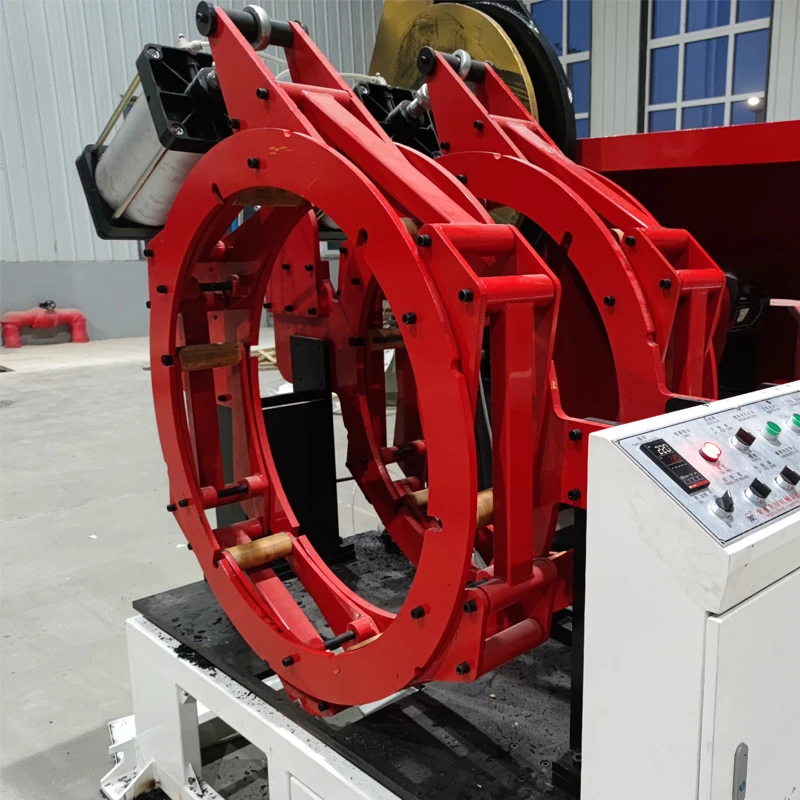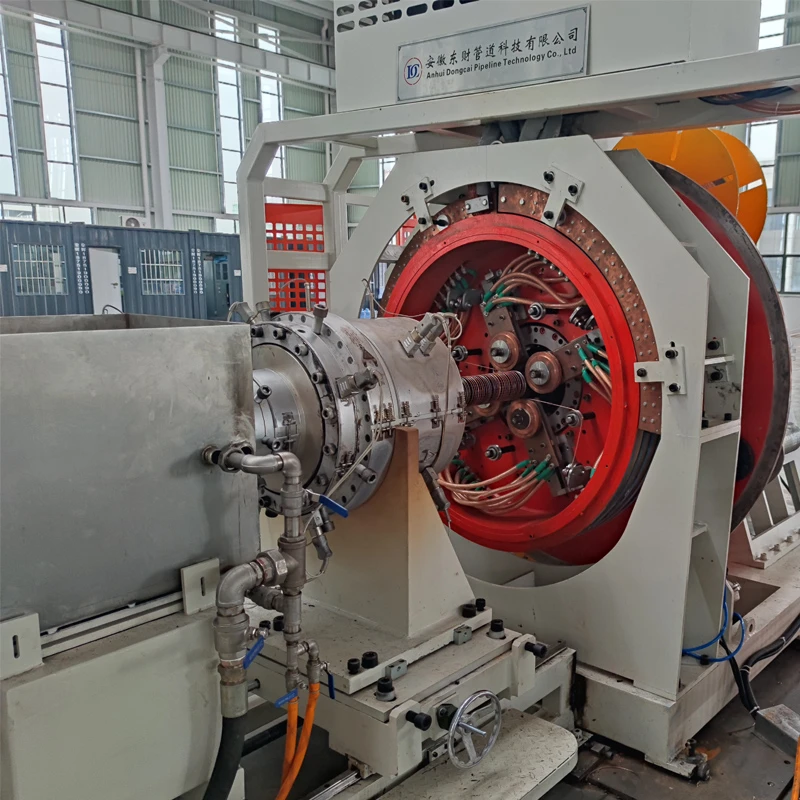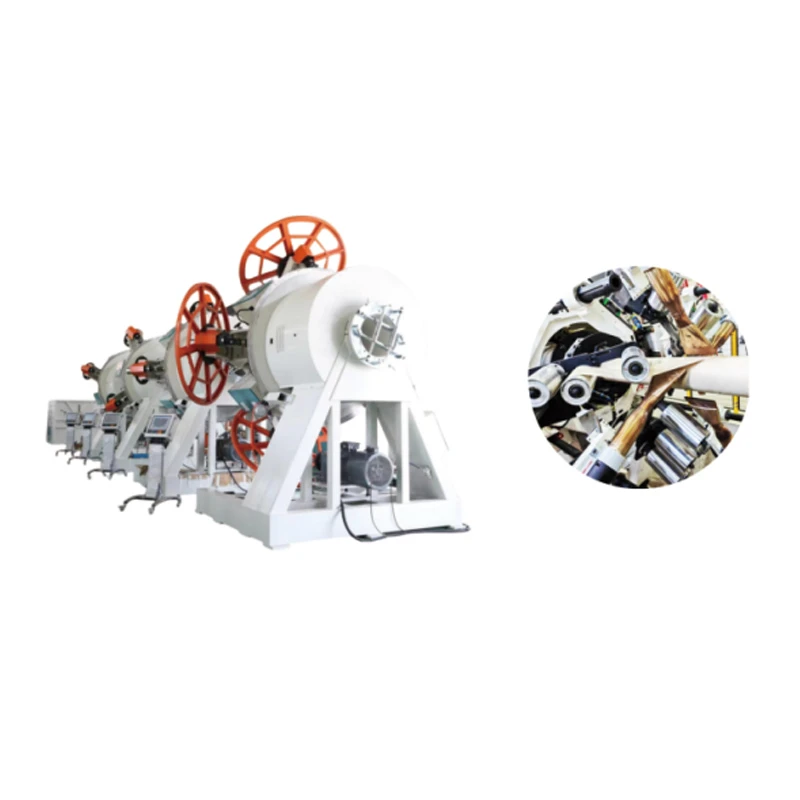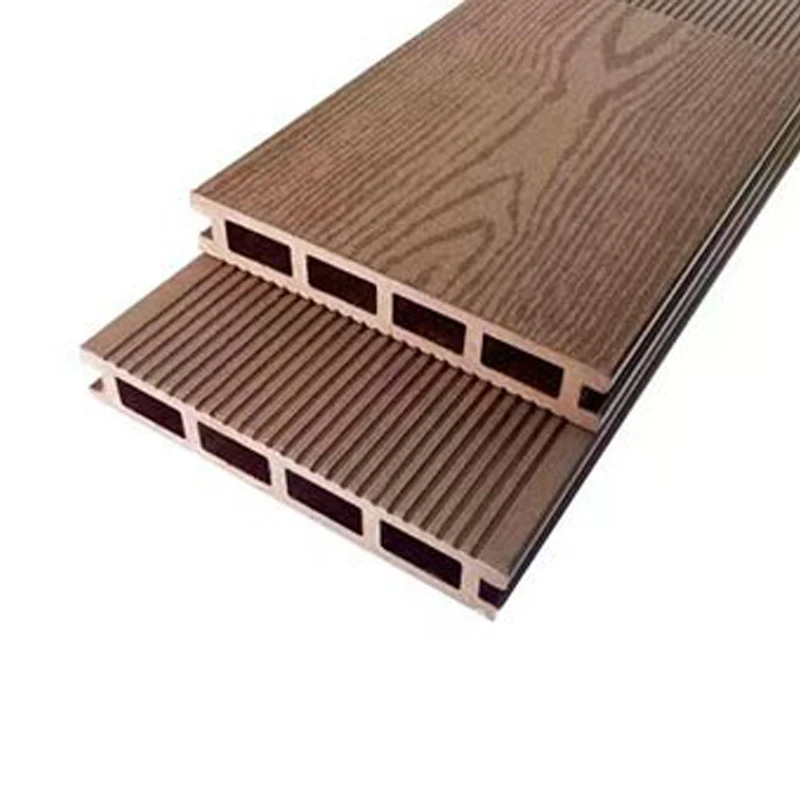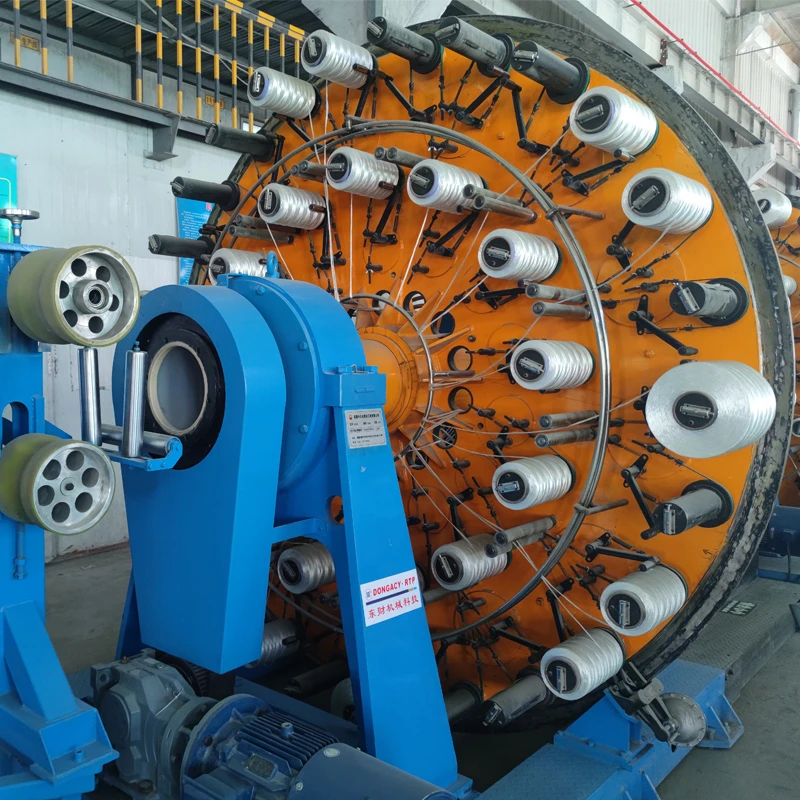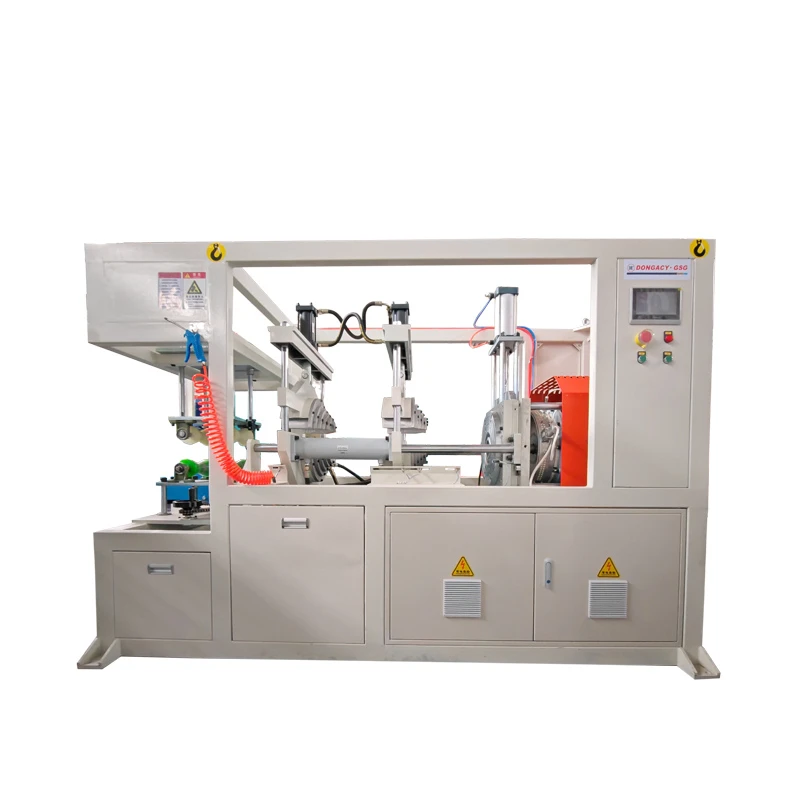
Industry Trends: The Evolving Landscape for HDPE Machine Price and Composite Pipe Production
High-Density Polyethylene (HDPE) pipe machines and composite pipe production lines are at the core of the modern infrastructure revolution. Due to increasing investments in municipal water supply, petrochemical transport, and industrial piping, hdpe machine price data shows a compound annual growth rate (CAGR) of 6.5% globally from 2020-2023 (Source: Mordor Intelligence). Digitalization, automation, and smarter process controls are driving not only the efficiency of these lines but also continuous reductions in operational cost and improvements in product quality.
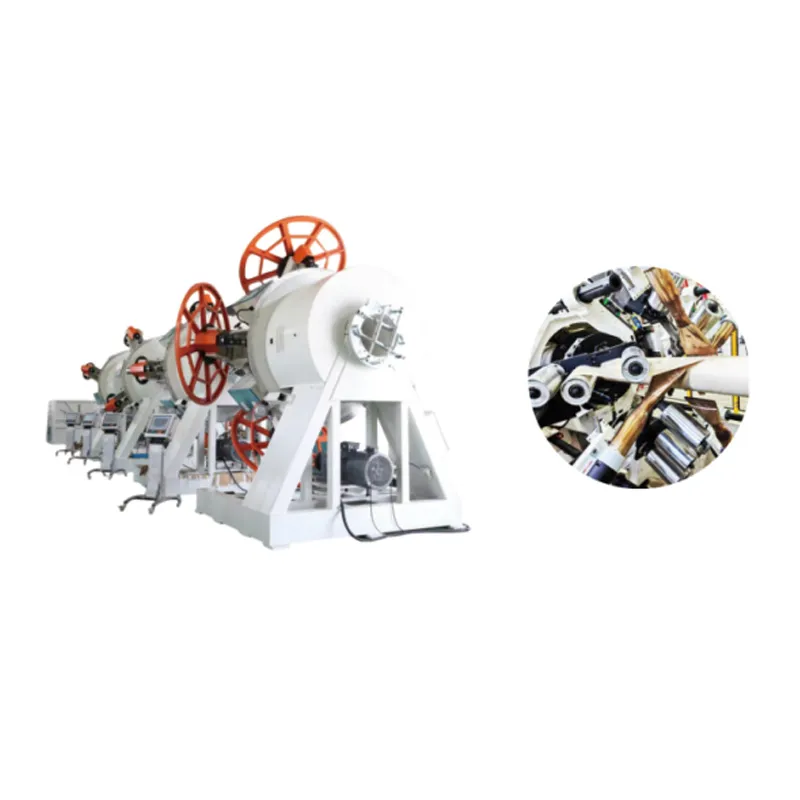
Typical HDPE Machine Price and Key Technical Parameter Table (2024 Updated)
| Brand/Manufacturer | Application | Max Pipe Diameter (mm) | Production Speed (m/min) | Power (kW) | Automation | HDPE Machine Price (USD) |
|---|---|---|---|---|---|---|
| DC Machinery | Water, Oil, Gas | 630 | 2.0-4.5 | 160 | Full-Auto | $120,000 - $185,000 |
| KraussMaffei (Germany) | Municipal, Industrial | 1200 | 2.5-6.0 | 185 | Full-Auto | $250,000 - $420,000 |
| Jwell Machinery | Water Supply | 1000 | 3.0-7.0 | 150 | Semi-Auto | $90,000 - $130,000 |
| ERS Plastics | Chemical, Drainage | 500 | 1.5-3.5 | 90 | Manual | $45,000 - $75,000 |
Third-Party Certification & International Compliance
Rtp Tape Winding Reinforced Composite Pipe Production Line: Manufacturing Process Visualization
HDPE pellets/bisphenol composite tape (input via hopper with weighing system)
Single/dual screw extruders operate at 160~220°C for plasticizing polymer, using advanced alloyed barrels.
Reinforcing tape wound at 45°-54°, controlled by servo motors; CNC tension and angle adjustment.
Multi-layer fusion, anti-oxidant, with real-time ultrasonic and X-ray inline inspection (per ISO 3126).
Multiple-zone vacuum tank and forced spray cooling for dimensional control.
Computer-controlled fly-knife, hydraulic haul-off, batch coding, and ISO12176 tracking.

Product Data Comparison & Visualization
Main Parameters: Rtp Tape Winding Reinforced Composite Pipe Production Line vs. Traditional HDPE Pipe Line
- ● Rtp Tape Winding (Our Line)
- ● Traditional HDPE Line
Technology Share by Application Sector (2024, Estimated)
Annual Output Trend (2019–2023): RTP Composite vs. Traditional HDPE (Millions Meters/Yr)
Technical Advantages of Rtp Tape Winding Reinforced Composite Pipe Production Line
- Materials: Utilizes high-modulus aramid/glass/steel composite tapes combined with superior-grade HDPE matrix. Metal layer optional for ultra-high pressure systems.
- Manufacturing: Incorporates fusion bonding, automated tape winding, and CNC-controlled tensioners. Ensures uniform thickness and precise geometry.
- Safety & Standards: Full compliance with ISO 9001/14001, ISO 4427, ISO 12176 (welding/coding), and ANSI/ASTM corrosion resistance benchmarks.
- Service Life: Designed minimum 50 years operational life in potable, sewage, or chemical environments (per ISO 9080 static pressure test).
- Industry Applications: Widely used in petrochemical transmission, urban water supply, mining slurry, fire-fighting pipelines, and corrosive chemical delivery.
- Energy Efficiency: Polymer/metal composites allow up to 35% flow energy savings due to reduced inner wall roughness and superior insulation.
- Corrosion Resistance: Outperforms traditional steel or pure HDPE in brine, hydrogen sulfide, or high-salinity environments—backed by 3000h salt spray testing.
Customization, Lead Time & Service Commitment
- Specification Customization: Pipe diameter Φ50–Φ630 mm (customizable up to 1400 mm); wall thickness as per project; automated dual/twin tape module for ultra-high pressure.
- Delivery Cycle: Typical line delivery 90–120 days from order confirmation; expedited assembly for stock variants.
- Warranty: 24 months for machinery, 5-year support for critical components and PLC program updates.
- After-sales Support: 24/7 online technical consultancy, on-site training, global spare parts shipment, and remote diagnostics.
- Certifications: Complete DNV, CE and ISO docs; documentation included in delivery package.
- Reference Partners: Sinopec, CNOOC, German EPCs, Latin American water authorities, and over 100 international engineering firms.
Global Application Cases of Composite Pipe Production Line
Annual replacement of >25 km steel/PE lines with RTP, achieving 68% maintenance cost reduction, 98% corrosion-resistance (H2S >80 ppm), and zero safety incidents (ISO/ANSI test data).
Deployment of RTP composite for desert water transmission. Reported 35% lower leakage vs. welded steel, cut installation time by 42%, and passed all EN 10224 water hygiene standards.
Use in aggressive copper slurry—documented lifespan >15 years with zero pipeline failure—backed by SGS third-party hydrostatic and abrasion testing.
Installation of lined RTP pipe for sulfuric acid lines. Annual user feedback highlights 99% uptime and no replacement required (2018–2024).
Professional FAQ: Core Terms & Technical Questions
Why Choose Rtp Tape Winding Reinforced Composite Pipe Production Line?
- Competitive hdpe machine price with premium performance.
- Proven in global reference projects (documented by third-party certifications and customer reviews).
- Full compliance with ISO, ANSI, EN, ASTM—track records with major oil, water, and chemical sector players.
- Custom engineering, comprehensive lead-time/after-sales guarantees, and rapid integration into all industrial pipelines.
References & Further Reading
- Miklaszewska E. et al., 2023. Advanced HDPE Composite Pipes—Testing, Design, Market, Materials Journal. Read More
- PPI/NACE Industry Forum: “Innovations in RTP & Composite Pipes for Oil & Gas” (2023), Plastic Pipe Institute
- “Global Composite Pipe Market Forecast 2024–2029,” Mordor Intelligence
- “RTP Pipes Standardization and Test Methods”, Pipe Market Research Institute Reports (2023)
-
Innovative Solutions in PVC Pipe Production LineNewsJul.18,2025
-
Innovative Solutions in Pipe Extrusion Production LineNewsJul.18,2025
-
Advanced Plastic Profile Extrusion SolutionsNewsJul.18,2025
-
PVC Profiles: The Future of Durable and Cost-Effective Construction SolutionsNewsJun.06,2025
-
PVC Pipe Extrusion LineNewsJun.06,2025
-
High-Quality Polyethylene Pipe Production LineNewsJun.06,2025
-
High-Performance Tube Production LineNewsJun.06,2025

